5 Regional Miso in Japan: A Savvy Guide
Get To Know Japan’s Most Distinct And Delicious Types Of Miso!
While we tend to talk about miso in the singular, in actuality, Japan has several regional varieties with their own flavors and production processes.
Miso is one of the quintessential ingredients in washoku (Japanese cuisine). However, many outside of Japan know it mainly as a soup—despite its various uses. The basic ingredient in miso is soybeans, and depending on the type of miso, rice koji (malt), mugi (barley) and/or salt are also used in the production process. As a fermented food, miso comes with plenty of health benefits that aid our digestion and packs in lots of antioxidants that help our bodies fight off free radicals. Keep reading for a quick overview of five kinds of regional miso and some tasty ways to enjoy them.
Hatcho Miso (Aichi)
 © Photo by iStock: bonchan
© Photo by iStock: bonchanOkazaki in Aichi prefecture is famous as the site of two birthplaces. Tokugawa Ieyasu was born here in 1543 and went on to become one of the three great unifiers in Japanese history. And, centuries earlier, in a small village within the present-day city limits, hatcho miso was first created. It is one of the rarest miso on this list. It only accounts for less than half a percent of the nation’s total miso production. In saying that, it has a revered reputation.
Its deep reddish-brown color and blend of mild acidity, strong umami and bitterness come from the production process of its two ingredients; soybeans and salt. It can take over two years to produce a single batch. Its flavors were so sought after that the imperial family made hatcho their miso of choice from 1892 to 1954. Like all regional miso on this list, it is excellent as a bowl of miso soup. It can also be used in hot pots and pairs nicely with butter and cheese in creamy pasta sauces.
Sendai Miso (Miyagi)
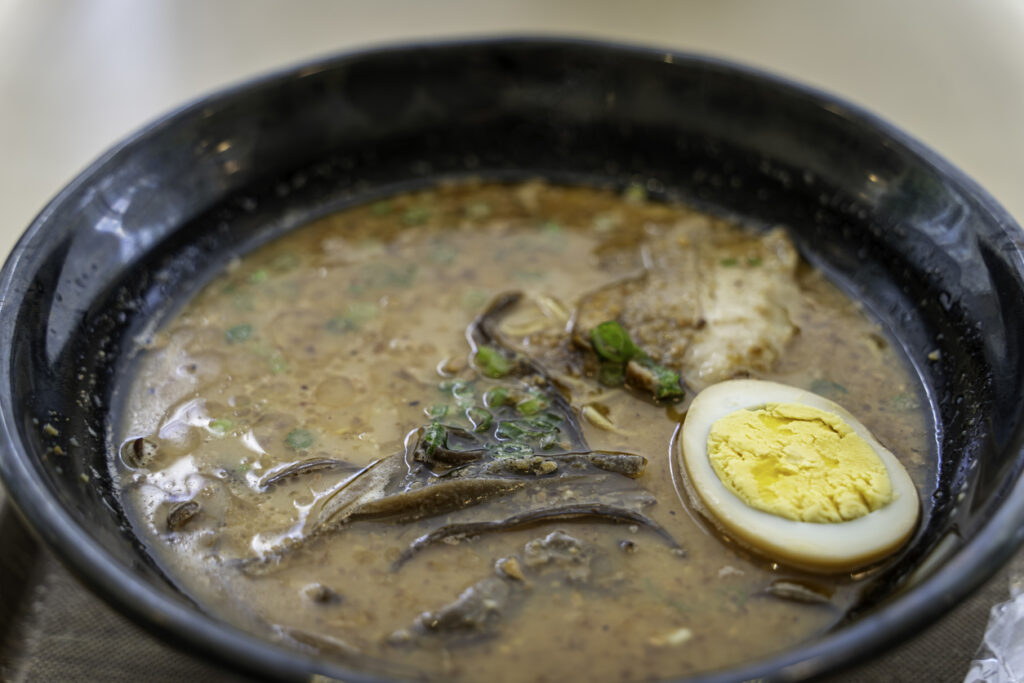 © Photo by iStock: naotto1
© Photo by iStock: naotto1Sendai miso hails from Miyagi prefecture’s Sendai region and has been produced since the early 17th century. The origins lay in the rule of famed samurai Date Masamune who opened a miso factory close to Sendai Castle. Made from soybeans, salt and rice koji and fermented for anywhere from four months to a year, Sendai miso is red in color, slightly salty and balances bitterness and sweetness. After cleaning, soaking and steaming rice and soybeans, rice koji and salt are added to the beans and left to ferment.
One delicious way to enjoy this miso is in Sendai miso ramen—a local specialty. The ramen broth is typically made from chicken or fish stock. It’s topped with green onions, fish cakes and sliced meat and diners can add spicy miso for extra seasoning.
Mugi Miso (Chugoku, Shikoku and Kyushu)
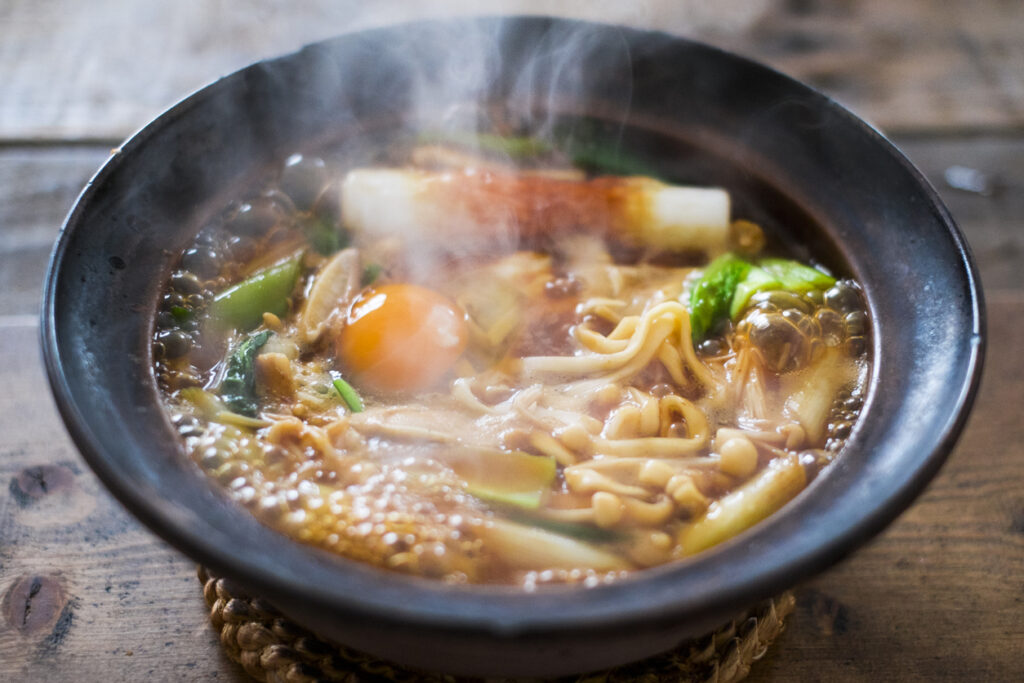 © Photo by iStock: Nyantanan
© Photo by iStock: NyantananMade from barley, soybeans and salt, mugi miso is another relatively rare variety of regional miso. It makes up less than three percent of the country’s total miso production. The development of mugi miso is a product of Kyushu’s relatively limited access to rice throughout its history. Rice cultivation made its way into Japan via northern Kyushu about 3,000 years ago. Its practice moved north and east to more central areas of the country rather than further south. As a result, many people in southwestern Japan depended on other grains—like barley—to meet their dietary needs. This was up until the Edo period when rice slowly became more available to the average person.
Quite a bit darker than rice miso, mugi miso also tends to be sweeter and less salty. In terms of nutrition, miso made from barley contains fiber, potassium and calcium. Try it in your next hot pot to add a bit of sweetness instead of mirin or other sweeteners.
Saikyo Shiro Miso (Kyoto)
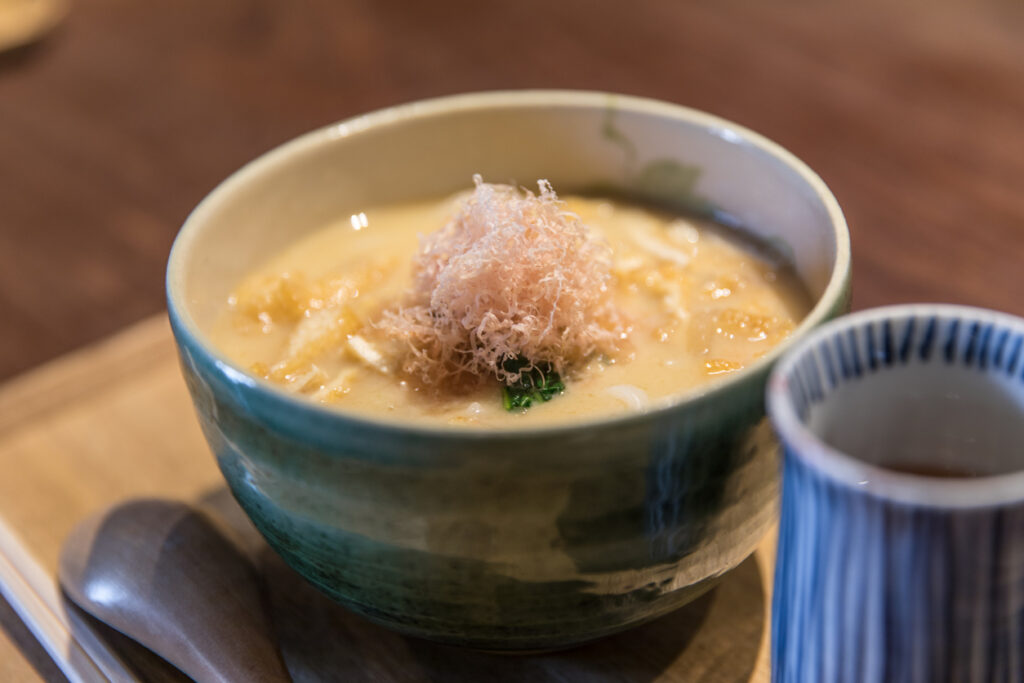 © Photo by iStock: kumikomini
© Photo by iStock: kumikominiShiro miso or white miso is characterized by its light color and sweetness. One of the most famous names in the world of white miso is saikyo shiro miso. It has been made in Kyoto for approximately 200 years upon request from the imperial palace to produce a new type of miso for the court. Ultimately, this regional miso used a generous amount of rice koji. Especially when compared to red miso varieties, resulting in a creamy color, sweet taste and light saltiness.
Saikyo miso also differs from other types in its short fermentation period. It can last just a few weeks instead of months or years. Although saikyo shiro miso is sometimes considered similar to other white miso on the market, it stands out for adhering to strict guidelines about its processing. Renowned for sweetness, it is used as a key ingredient in ozoni (traditional Japanese New Year soup).
Shinshu Miso (Nagano)
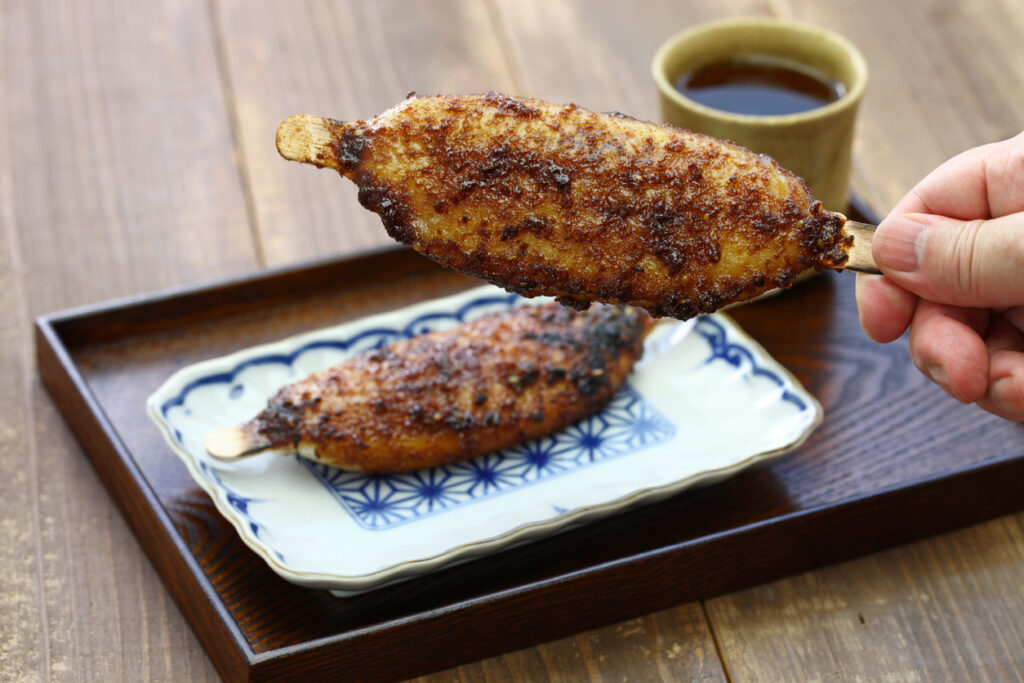 © Photo by iStock: bonchan
© Photo by iStock: bonchanShinshu miso accounts for about half of the miso produced in Japan. It’s a yellowish-brown paste made from soybeans and rice koji that balances sweetness with saltiness and packs plenty of umami. Shinshu, the old name of Nagano prefecture, has been making miso since the Kamakura period (1185–1333). Shinshu miso became popular throughout Japan following the Great Kanto Earthquake in 1923, being shipped as part of relief packages.
The vast majority of Shinshu miso is made in Nagano prefecture. However, a very small percentage is permitted to be produced elsewhere. As with other miso varieties, like saikyo shiro, miso certified as shinshu must follow certain protocols that regulate its production. As the country’s most popular miso, it can be used in a wide variety of dishes. Why not try miso sukiyaki, a variation of the traditional Japanese hotpot cooked at the dinner table?
Do you have a favorite kind of miso or preferred way to eat it? We would love to hear from you in the comments below!












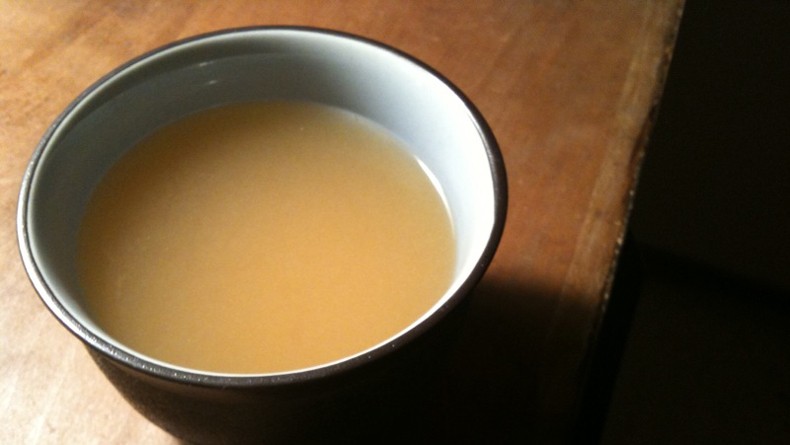

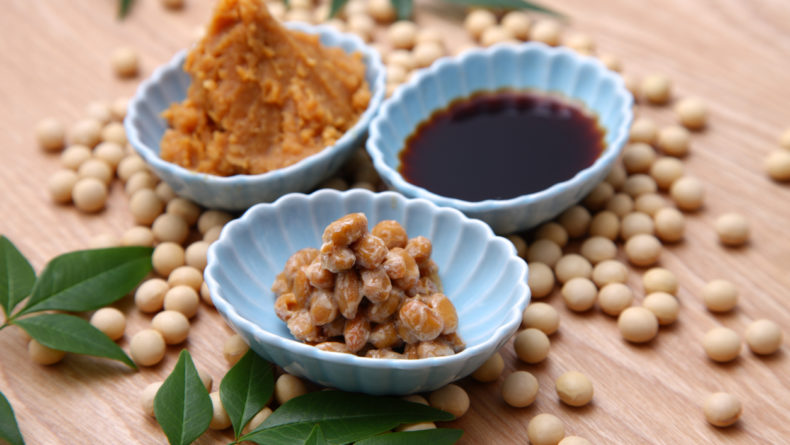
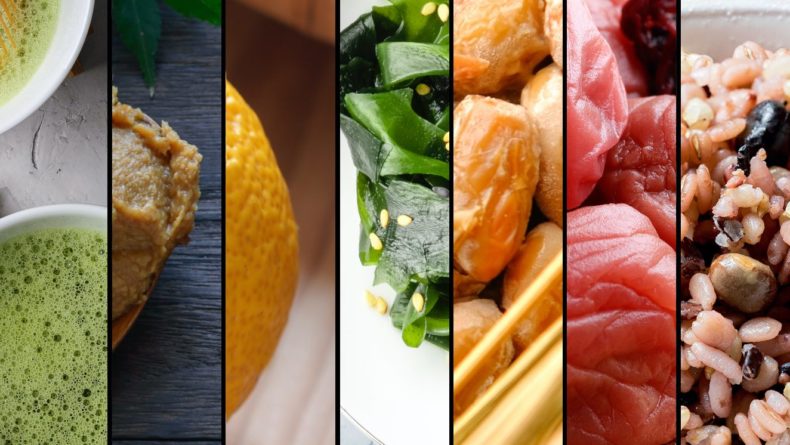
Leave a Reply